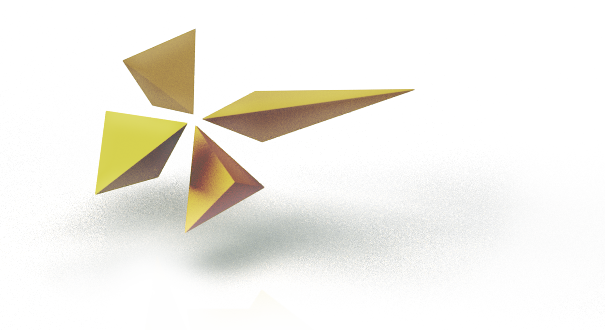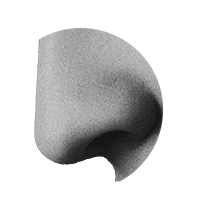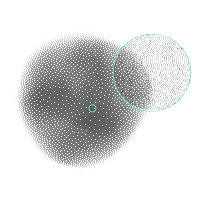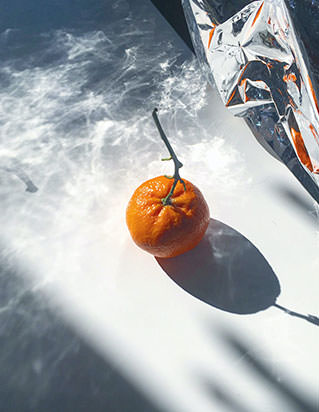What are the elements that make up synaesthetic perception?
Synaesthesia has many faces and can easily be overlooked in oneself because of false or limited ideas about it. Synaesthesia is the moment when a sensory stimulus or meaning is simultaneously and automatically joined by one or more independent elements. Element in the sense of the smallest distinct part of a typical synaesthetic connection, which I want to showcase individually. A synaesthetic experience may consist of several of these elements or only one. Such an element can be another sensory impression, but also a fixed association with physical attributes such as weight or consistency, or character traits, gender and age. Even if only one element is associated, or if it is perceived as weak, it is still called synaesthesia.
Science calls the triggers “inducers” and the synaesthetic experiences “concurrents”. They are usually presented in tables to give a structured overview of the known combinations or frequencies, which can help with the process of discovery, but for some it may not be enough to get a clear idea.
In this section I would like to present a selection of synaesthetic elements in a growing collection. I am not sorting them according to the usual classification by “type of synaesthesia”, instead I want to show the occurrence of these elements in different types of synaesthesia, separately as experiences and as triggers.
Note: Unless otherwise mentioned, the examples reflect my own synaesthetic experience.







